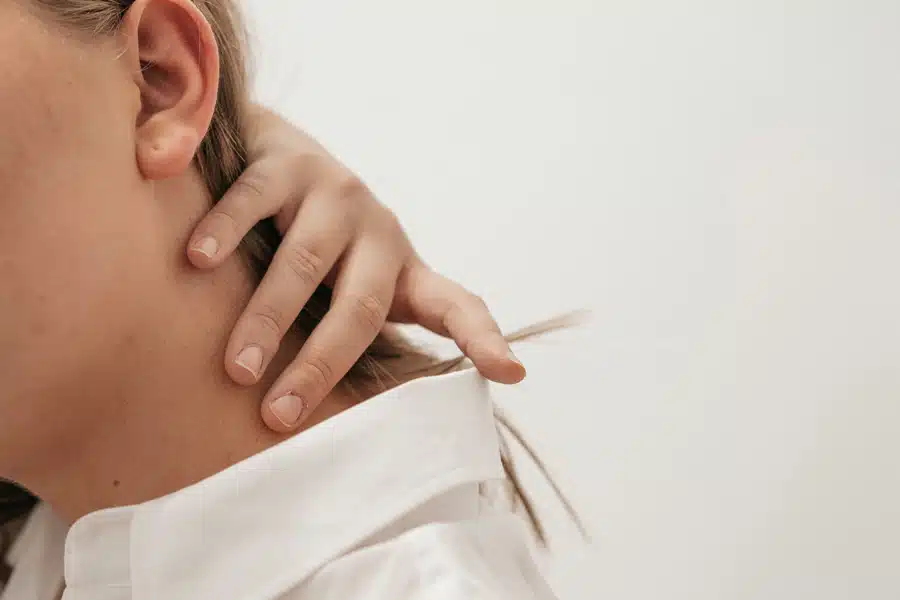Physiotherapists are first to bear witness to an ever increasing prevalence of neck pain, headaches, shoulder tightness and restricted neck range of motion. It is reported that 1 in 5 people suffer neck pain and this number seems to be on the rise!
Types of Neck Pain
- The most common cause of neck pain is mechanical neck pain brought on with sustained postures that strain the muscles, discs, tendons and joints of the cervical spine
- Referred pain is when pain originates from the neck and may present as headaches or pain in the arm, shoulder or mid-back
- Radicular pain occurs when structures within the neck compress the nerves and may present as pins and needles, numbness or weakness in the arms.
So What is the Effect of Using my Smart Phone?
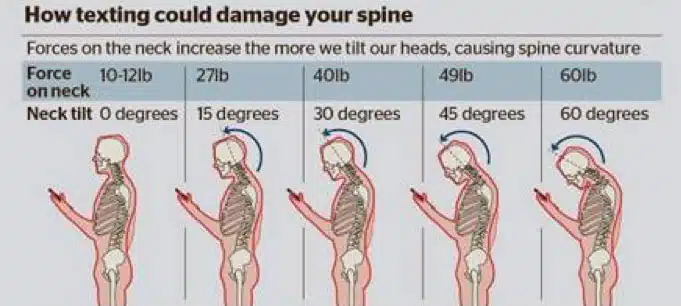
Flexing or bending your head to use our phone can place upwards of 10kg of force (equivalent to a bowling ball) through our cervical spine. The more we bend our head forwards the greater the load through our neck and the more chance of pain and joint restriction.
Signs and Symptoms of Neck Pain :
- Pain in the neck, upper back or head
- Tight pecs and upper traps
- Weakened deep neck muscles and scapular stabilisers
- Dull and diffuse headaches
- Difficulty and pain when turning the head or lifting the arms
What is the best treatment:
- Mobilisation, manipulation, exercise therapy and dry needling
- Postural correction and addressing work place ergonomics
- Addressing your pillow
- Reducing time in static postures
- Addressing any psychological stressors
NECK POSTURE EXAMPLE EXERCISES
Chin Tucks and Shoulder Squeezes
Chin tucks and shoulder squeezes gently create a ‘double chin’ while you squeeze your shoulders together. Hold for 5 seconds and release. Repeat this ten times.
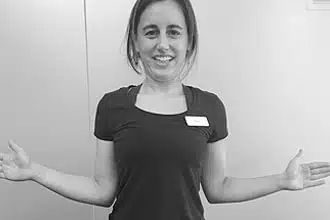
Slow Rotation of the Neck
Slow Rotation of the neck and hold with the opposite hand for 10 seconds. Repeat 5 times each side.
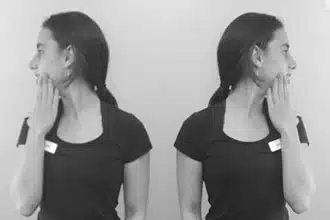
Upper Trapezius Stretch
Place one hand on your head and gently pull your neck to one side. Hold for 10 seconds. Repeat 5 times each side.
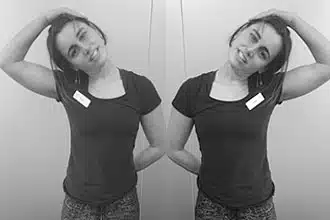
4-Point Kneeling Hover
In a 4-point kneeling hover, hold one arm off the floor while you stabilise yourself with the other. Hold for ten seconds. Repeat 5 times each side.
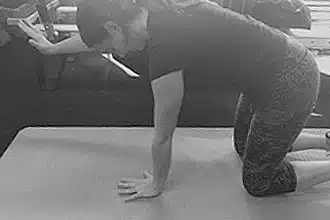
Cat / Camel Stretch
Exhale to tuck your tailbone and push your spine upward toward the ceiling. Inhale to let your stomach fall toward the floor as and allow your shoulders to squeeze together and collarbones lengthen. Repeat 10 times with a 5 second hold in each position.
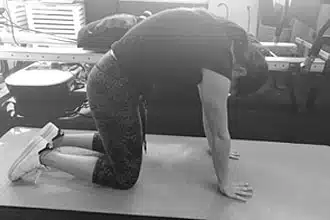
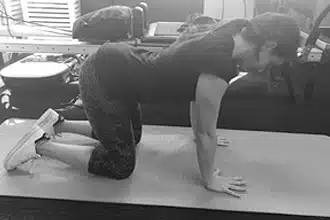
Thread the Needle
Start in a 4 point kneeling position then slide your arm underneath your opposite arm with your palm facing upwards. Hold for 10 seconds and releat 5 times on each side.
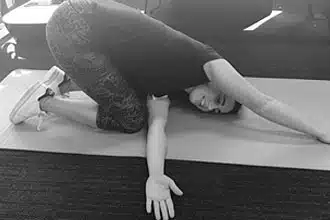
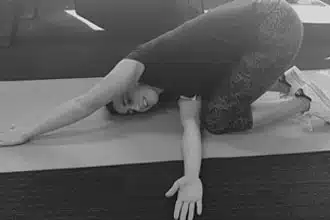
If you suffer from neck pain, book in to see one of our musculoskeletal physiotherapists for an assessment and a targeted treatment and exercise plan.
References:
- Sindwani V. (2017) Text Neck https://www.physio-pedia.com/Text_Neck
- The Australian Pain management Association (2018)What is causing my neck pain www.painmanagement.org.au
- Jul G, Sterling M, Falla D, Treleaven J, O’Leary S (2008) Whiplash, Headache and Nek Pain USA Elsevier
- Bier J, Scholten-Peeters W, Staal J, Pool J, Tulder M, Beekman E, Knoop J Meerhoff G, Verhagen A. Clinical guideline for Physical Therapy Assessment and Treatment in Patients with Non Specific Neck pain. Physical Therapy,Vol 98 Issue 3 https://doi.org/10.1093/ptj/pzx118
